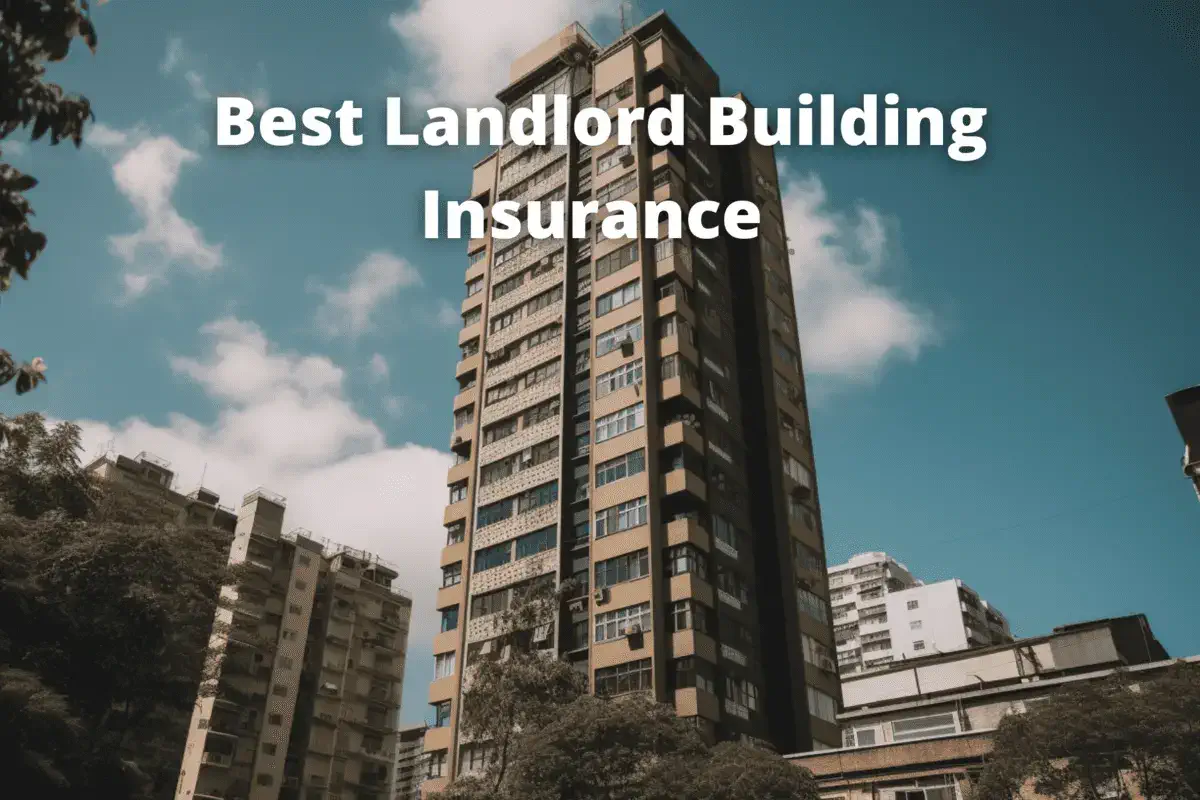5 Best Landlord Building Insurance Solutions: Top Picks
For those in the property rental business, it’s more than just collecting and maintaining the property. It’s also about protecting personal property against all possible threats and damages your property might endure.
However, many landlords need to pay more attention to this form of insurance – its importance, types, and cost factors. This article aims to peel back the layers of landlord-building insurance and provide the best insurance available and a comprehensive understanding of this vital protection plan for anyone involved in rental properties.
Table of Contents
Best Landlord Building Insurance
Obie
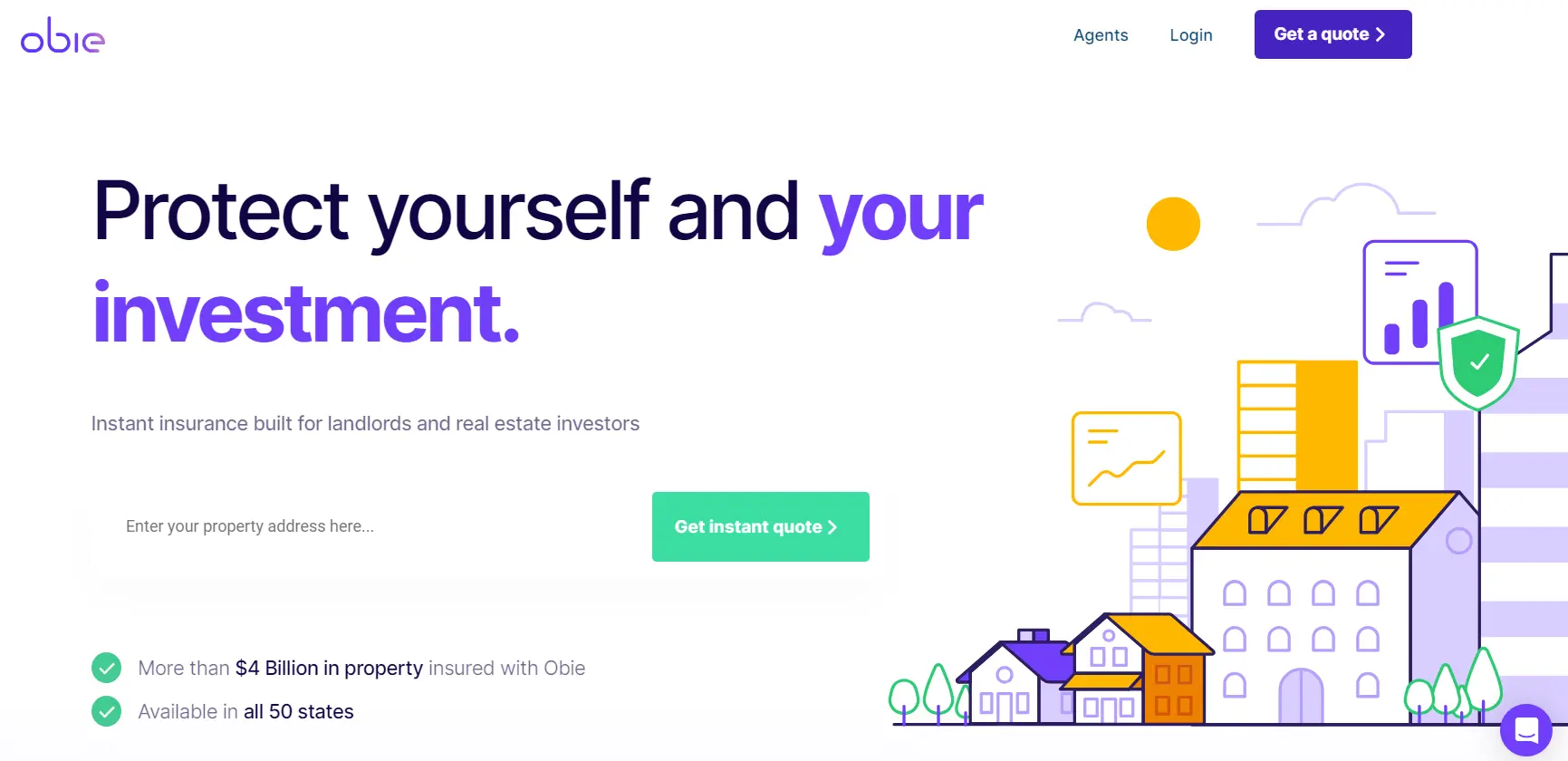
Obie is a recent addition to the insurance industry, designed especially for landlords and property investors. Obie modernizes landlord insurance quotes using advanced technology, simplifying policy management and claim submissions via their online platform. Their main goal is to enhance the clarity, accessibility, and efficiency of the landlord insurance quote itself.
Benefits
- Personalized Protection – With Obie’s bespoke insurance choices, pay only for what suits your specific landlord’s needs.
- Transparent Pricing – Upfront and clear pricing with Obie’s immediate quotes.
- Reliable Expertise – Rely on Obie’s profound knowledge of landlord and property investor insurance for top-notch advice and coverage.
- Fast Claim Handling – Reduce downtime with Obie’s streamlined claims procedure to promptly restore your property.
Obie’s Landlord Building Insurance Coverage
- After answering some online questions, Obie will tailor recommendations and give an immediate quote. Outcomes differ for each individual
Lemonade
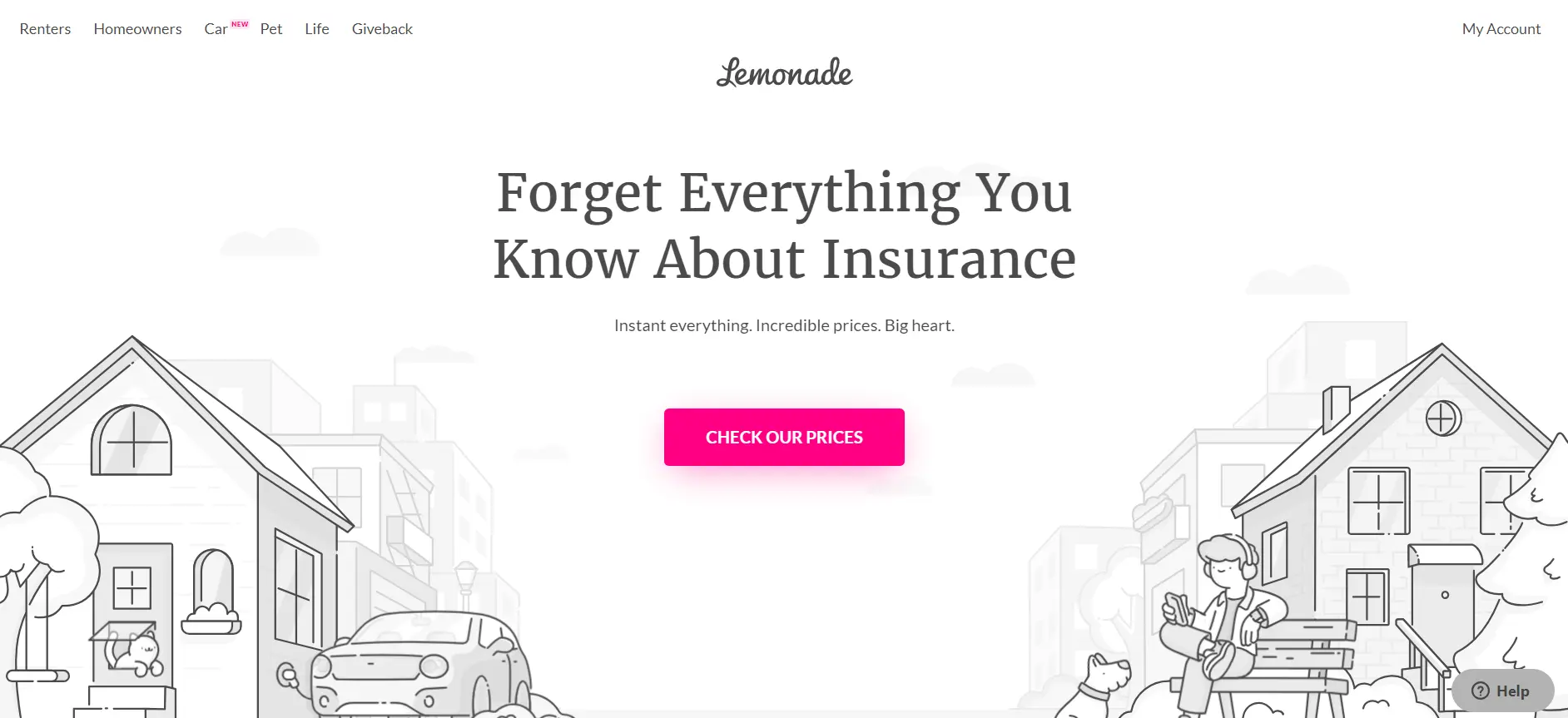
Lemonade is a modern, tech-driven insurance company. As a disruptor in the traditional insurance market, Lemonade utilizes artificial intelligence and behavioral economics to offer its customers a seamless, digital-first experience. With a mission to transform insurance from a necessary evil into a social good, Lemonade operates on a unique business model where unclaimed money goes to charities its community chooses.
Benefits
- Effortless Experience – Benefit from a digital-first approach, streamlining everything from obtaining a quote to filing a claim at your fingertips.
- Transparent and Fair Pricing – Enjoy cost clarity with a flat fee structure, ensuring you always know what you’re paying for.
- Rapid Claims Settlement – Experience the convenience of instant claims processing through AI, getting resolutions faster than traditional methods.
- Flexible Coverage Options – Easily tailor your coverage to fit your property’s specific needs, ensuring optimal protection.
- Cost-Effective Solutions – Save on your premiums with competitive rates, made possible by Lemonade’s efficient, tech-driven model that eliminates intermediaries.
Lemonade’s Landlord Building Insurance Coverages
- Loss of income due to property damage or uninhabitable rental home
- Damage to property caused by tenants or their guests
- Liability coverage in case of tenant injury
- Natural disasters such as fires, storms, or earthquakes
State Farm
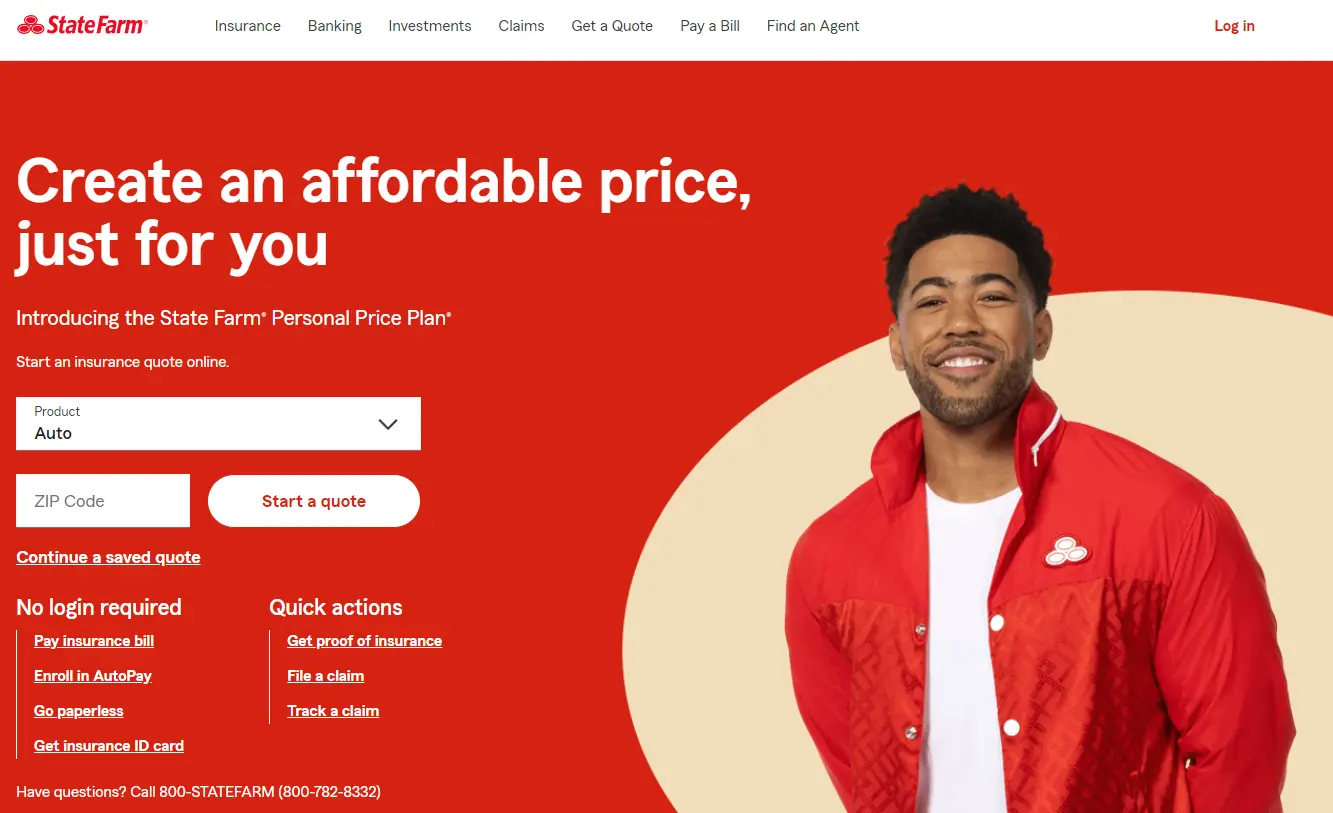
State Farm is one of the largest and most established insurance companies in the United States. With nearly a century of experience, the company has built a reputation for reliability, comprehensive coverage options, and exceptional customer service. State Farm’s extensive network of agents ensures personalized service, making it a trusted choice for millions of policyholders.
Benefits
- Comprehensive Protection – Enjoy peace of mind with wide-ranging coverage options, from dwelling protection against structural damages to safeguarding against loss of rental income.
- Cost Savings – Take advantage of various discount opportunities, such as bundling multiple policies, to save your premiums significantly.
- Prompt Claims Resolution – Benefit from a 24/7 claims service, ready to address any issues swiftly and efficiently.
- Personalized Local Support – Access dedicated advice and assistance from State Farm’s vast network of local agents, ensuring you’re always informed and supported.
State Farm’s Landlord Building Insurance Coverages
- Property Coverage – Ensures the safety of your apartment complex and associated structures like garages, storage units, pools, fences, and more. It also covers personal items used for the upkeep or service of the property.
- General Liability – Offers protection against claims or legal actions arising from injuries sustained on your property.
- Equipment Protection – Covers damages to insured items resulting from mechanical failures, electrical surges, steam boiler explosions, or issues with steam/hot water boilers.
- Tenant Relocation Expenses – Handle the costs when temporarily relocating your tenants due to a covered incident that made their units uninhabitable.
- Compensation for Heating or AC Loss – Provides payments to tenants when they lose heating or cooling in their leased space because of a covered system malfunction or electrical outage.
biBERK
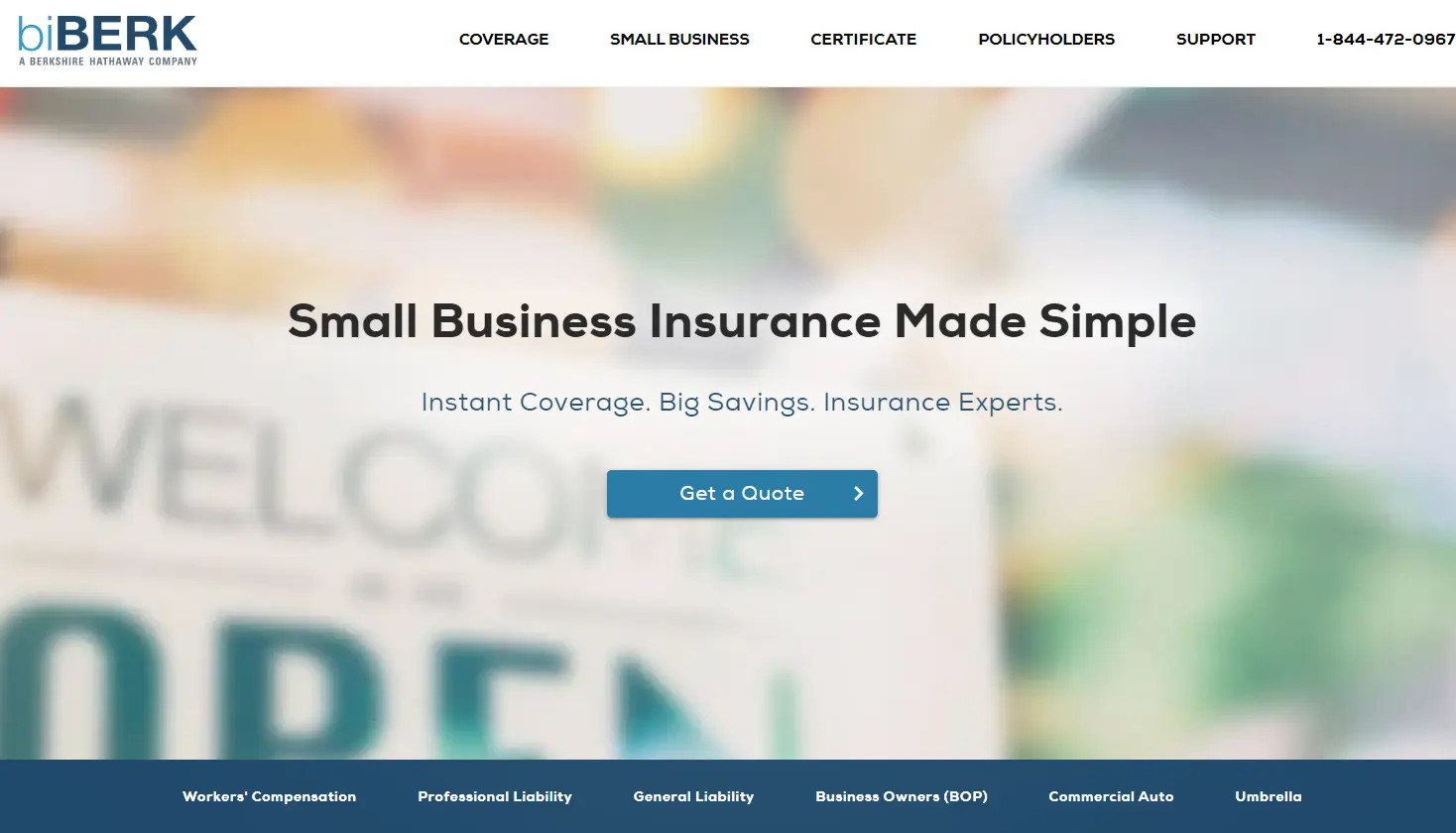
biBERK is a part of the Berkshire Hathaway family of companies, bringing with it the financial strength and reputation of one of the world’s most respected conglomerates. As a direct insurance company, biBERK leverages technology to simplify the insurance process, offering business insurance solutions directly to customers without intermediaries.
Benefits
- Cost Efficiency – By eliminating brokers or agents from the process, landlords enjoy reduced premiums and better value for their money.
- Simplified Insurance Management – With an intuitive online platform, landlords can effortlessly obtain quotes, purchase policies, and manage their coverage.
- Tailored Protection – Coverage options that can be adjusted to fit the specific needs of each rental property, ensuring optimal protection.
- Access to Expertise – Even with a digital-centric model, landlords can tap into the knowledge of insurance experts for guidance and clarity.
- Competitive Rates – Leveraging its tech-driven, direct model, biBERK offers landlords attractive pricing, often more competitive than traditional insurers.
biBERK’s Landlord Building Insurance Coverages
- Employee Safety Coverage – Safeguards your business from financial implications if a worker gets hurt, becomes sick, or passes away due to job-related circumstances. They are addressing medical bills, legal expenses, and compensation for lost income.
- Comprehensive Business Policy – The policy is a blend of property and liability protection that protects your owned or rented spaces and essential business assets. It also protects against interruptions in business operations from insured property damages.
- Umbrella Insurance – Offers added financial protection beyond standard policy limits. Useful when claims surpass the primary policy’s coverage cap.
Foremost
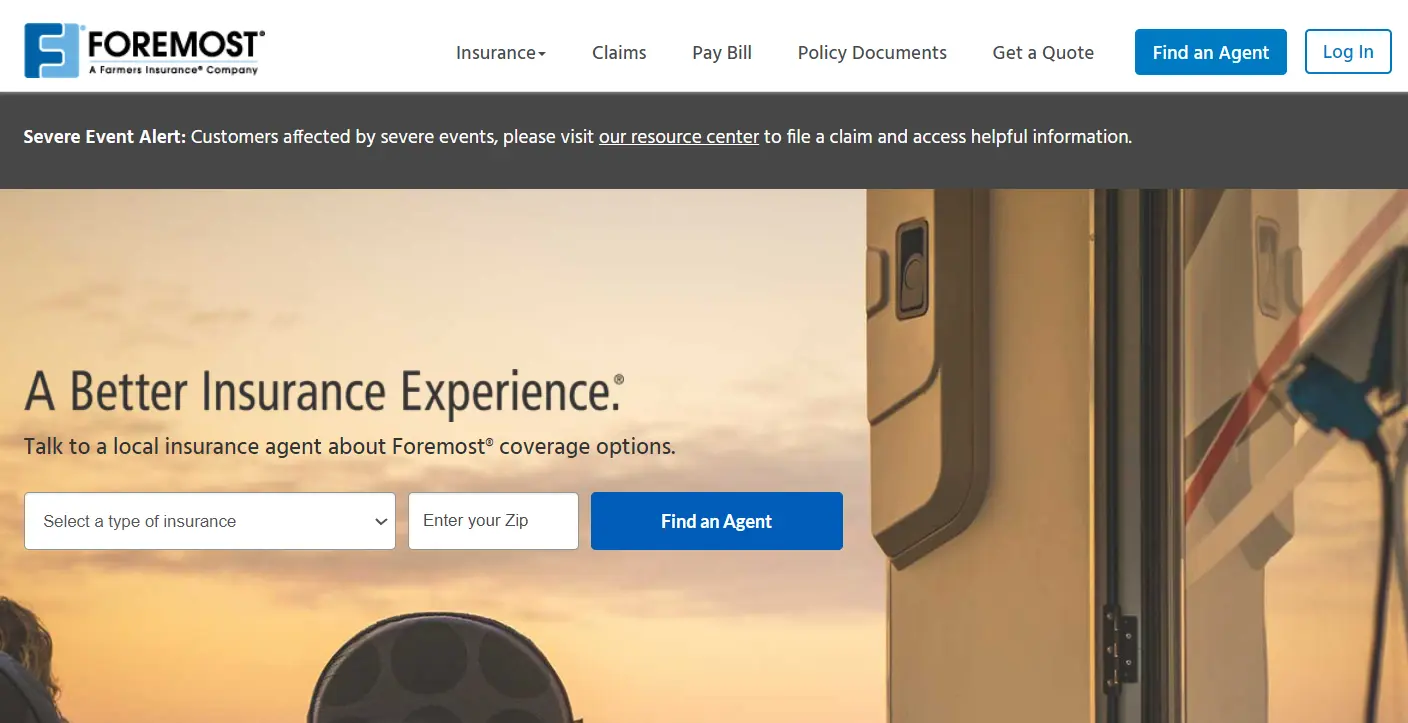
Foremost Insurance Group has established itself as a leading insurer in the United States, offering a wide range of insurance products. Over the years, the company has built a reputation for specializing in insurance products that provide coverage for niche markets that many other companies overlook.
Benefits
- Tailored Protection – Enjoy coverage designed for rental properties, safeguarding every aspect of your investment property.
- All-Round Security – Rest easy with extensive coverage against a wide array of risks, from natural calamities to acts of vandalism.
- Budget-Friendly Payments – Choose from various payment plans to find one that aligns perfectly with your financial situation.
- Coverage from the Start – Benefit from the unique insurance offering for rental properties still under construction and protect your investment from day one.
- Legal Safeguard – Protect yourself from potential legal complications with coverage that steps in if someone injures themselves on your property.
Foremost’s Landlord Building Insurance Coverages
- Specific Peril Protection – Peril Protection covers particular “risks” like fires, blasts, lightning strikes, or damages from windstorms and hail.
- All-Inclusive Property Protection – Protection from sudden and unexpected physical damages unless explicitly excluded from your landlord insurance. In numerous regions, both the main dwelling and additional structures, like garages, are covered.
- Total Replacement Value – With this policy, if an insured event destroys your rental property, the compensation is based on the cost of replacing the damaged items with new ones of similar quality and material without accounting for wear and tear.
- Predetermined Loss Payout – If an insured event completely ruins your property, you’ll receive the pre-agreed insurance amount for your home, excluding any relevant deductibles. No complications.
- Legal Liability Protection – This offers coverage when you’re deemed legally accountable for an incident that injures someone not residing on your property or damages someone else’s belongings.
- Value After Depreciation – If an insured event destroys your property, this covers the expenses to repair or replace your property. Still, it factors in depreciation, which considers the age and state of your property when the damage occurred.
What is Landlord Building Insurance?
Landlord building insurance, sometimes known as landlord property and premises liability insurance or rental property insurance, is the kind of safety net every property owner needs.
It’s a specific type of coverage that safeguards landlords from financial catastrophes related to their rental properties. Unlike traditional homeowners insurance, it goes beyond protecting the physical structure and includes certain liabilities unique to landlord insurance companies.
You see when you transition to becoming a landlord, you’re not just changing the usage of your property but also your risk profile. This shift means standard home insurance policies may no longer be adequate or appropriate for your situation.
Landlord building and liability insurance is meticulously designed with this in mind – to cater to these distinctive peril scenarios.
Why is Landlord Building Insurance Important?
Why is landlord building insurance important? As a landlord, your rental property isn’t just a source of monthly income; it’s a significant investment that needs to be protected. Landlord building insurance provides vital protection against various perils that could impact the structure and fabric of your property.
Now, imagine a scenario where an unexpected fire breaks out in your rental property and causes substantial structural damage. Without the right insurance policy, you’d likely pay out-of-pocket for repairs or rebuilds – costs that can quickly spiral into tens or hundreds of thousands!
In essence, landlord insurance and building insurance are not merely important—it’s indispensable! It lightens financial burdens from unplanned incidents while providing peace of mind.
Types of Landlord Building Insurance
Basic Coverage
Basic coverage serves as the bedrock of everything else. It’s a pivotal starting point that helps to keep your property protected against the most common risks. Typically, basic coverage takes care of things like damage to the actual physical structure of your building.
Consider scenarios like fire or water damage from a burst pipe. This sort of coverage typically takes into account both internal and external elements.
For instance, it might compensate you for damage caused to fixtures like roofs, walls, and windows, as well as integral internal components such as electrical wiring and plumbing systems. As you might imagine, these costs can add up rapidly in a severe incident – solid basic coverage assures you won’t have to foot exorbitant bills on your own.
But remember: while it’s named ‘basic,’ this type of coverage isn’t simply a one-size-fits-all blanket policy that covers every potential issue under one roof.
Additional Coverage
While basic coverage is your bread and butter, it’s wise to pay attention to additional insurance options that can give your property an extra layer of protection against unforeseen circumstances. In landlord building insurance, you might want to consider two primary types of additional coverage – natural disasters and vandalism or theft.
Natural Disasters
Regarding additional coverage, one of the most crucial categories to consider is that of natural disasters. Unfortunately, Mother Nature can sometimes pack a punch, with potential damage from storms, floods, earthquakes, and other cataclysmic events posing a significant risk to your property. Your building may be safe if you’re in an area not known for such occurrences.
However, weather patterns and environmental conditions are becoming increasingly unpredictable due to climate change. From hurricanes on the coastlines to tornadoes in the heartland and wildfires in the west, no locale is entirely immune.
Your standard landlord building insurance might cover natural disasters like windstorms or hail. Still, specific catastrophic events like earthquakes or floods often require separate policies or endorsements added to your landlord policy, too. Therefore, it’s prudent to assume you’re covered and verify what your policy entails.
For example, flood insurance is generally bought separately through government programs like the National Flood Insurance Program (NFIP) in the U.S., as most private insurers exclude flood damage from their standard policies. Similar exceptions apply to seismic activities like earthquakes, often requiring a separate policy or endorsement.
In essence, it’s paramount to understand what kind of natural disaster coverage you have and whether you need more comprehensive protection based on your property’s geographical location and susceptibility to certain risks.
Vandalism and Theft
Expanding the scope of our discussion brings us to another crucial aspect of landlord building insurance – protection against vandalism and theft. No property owner enjoys contemplating the possibility of their investment being disfigured by deliberate damage or having precious items stolen, but these unfortunate scenarios can and do occur. In an ideal world, property owners and every tenant would respect their rental home and its contents; reality often paints a different picture.
Vandalism coverage in your policy safeguards you financially from willful or malicious destruction caused to your property. It can be from graffiti sprayed on exterior walls to a broken door.
Such incidents can be costly in terms of repair work and potential loss of rent during clean-up time. Your insurance policy typically covers costs associated with repair work, replacement items, and sometimes even lost income due to uninhabitable conditions caused by severe vandalism.
Then, we have theft coverage, which provides a financial safety net for landlords when someone steals appliances or fixtures from the insured property. Insuring against theft helps recoup losses related to stolen items provided as part of the rental agreement.
One important point is that this cover extends only to the landlord’s assets, not the tenants’ personal belongings. To protect against loss or damage to personal belongings, tenants should consider obtaining their renter’s insurance policy.
Cost Factors of Landlord Building Insurance
Property Location
Property location plays a significant role in determining the cost of your landlord building insurance. Insurance companies view some areas as high-risk due to crime rates and the probability of natural disasters.
If your rental property sits in an area prone to flooding and earthquakes or has a high crime rate, brace yourself for heftier premiums. The logic behind this is straightforward: these risks increase the chance you’ll file a claim in the future.
Conversely, suppose your property is in a safe neighborhood with low crime rates and minimal risk of extreme weather events or natural disasters. In that case, you’re likely to bask in lower insurance costs. You’ll also find insurers eager to work with you because they view your property as low risk.
It’s noteworthy that proximity to emergency services like fire departments can also influence your premium. You can change this easily if considering acquiring or selling new properties.
However, knowing how it impacts your premiums helps when budgeting or negotiating terms with an insurer. It’s all about understanding what’s on the table and making informed decisions from there on out.
Property Size
When considering how property size factors into landlord building insurance, it’s crucial to remember that larger properties typically equate to higher insurance premiums. A larger property is often valued more than a smaller one and thus costs more to repair or replace in the event of damage. Insurers take into account more than just the physical size of the building.
The number of rental units within the property can also affect your premium. For instance, you might own a compact but multi-story building housing numerous tenants.
Further, should your property be of substantial size with multiple other structures like garages, sheds, or even swimming pools, these would also need coverage under your landlord’s insurance policy, adding to the cost. Insurance providers often consider these additional elements when determining risk and price for your policy.
Remember that while larger properties may attract higher premiums due to increased risk and value, they can also bring in more rental income, balancing expenditure on insurance costs. However, invest in large properties or comprehensive coverage – remember, every part of your investment needs protection for peace of mind and long-term prosperity.
Coverage Amount
Determining the right coverage amount for your property might seem daunting, but ensuring adequate protection is paramount. It is not just about your building’s present market value.
Instead, how much would it cost to rebuild it from scratch if a catastrophic event occurred? Consider the cost of materials and labor in your area and any unique or historical features the property may have that could increase rebuilding costs.
Such factors significantly influence the replacement cost valuation. It might be wise to engage a professional appraiser specializing in insurance valuations to help compute an accurate figure.
Opting for a lower coverage amount might save you some bucks in premiums now. Still, it could spell financial disaster should you experience significant damage or total property loss. The expense of rebuilding out-of-pocket could be astronomical and potentially ruinous.
So, while managing your current costs is essential, balancing affordability and sufficient coverage is vital. In short, don’t skimp on determining the accurate coverage amount needed for your landlord building insurance – consider it an investment into safeguarding your future financial stability.
Closing Thoughts
Choosing the best landlord building insurance requires a blend of research, comparison, and understanding of one’s unique needs.
It’s not just about finding the most affordable option but about securing a policy that offers comprehensive coverage tailored to the specific requirements of your property.
As landlords, the safety of our investment property is paramount, and the right insurance policy is a cornerstone in this protective strategy. Always read the fine print, consult experts when in doubt, and prioritize your property’s long-term safety and security above all else.

